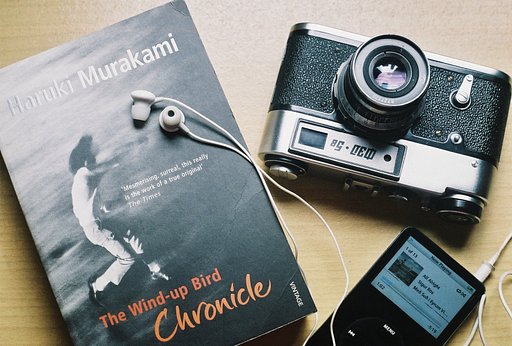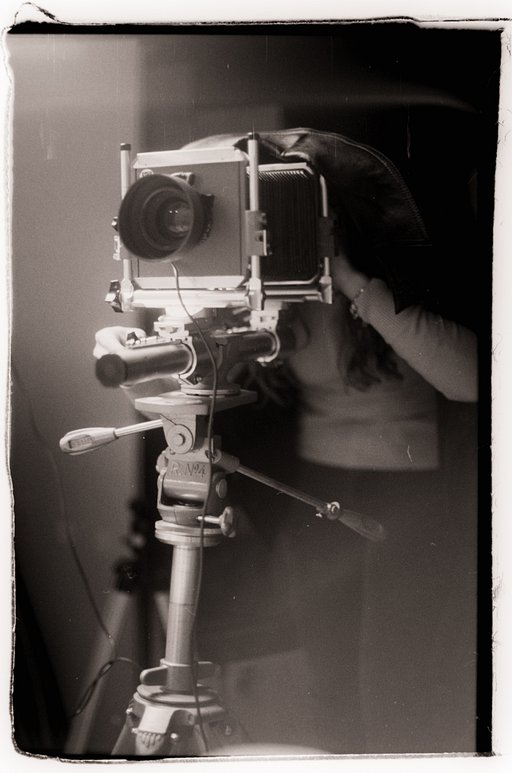Analogue ABC: How Film Photography Works
2 4 Share TweetOur community is vast and varied, and we welcome people with all knowledge levels, from analogue aficionados to total newbies. Today's article is an introduction to the basics of analogue photography. It's the perfect starting point for anyone who's interested in the craft, but is perhaps unsure where to start. If you are curious to know what the hype around film photography is all about, well, you are in the right place!
What is the Difference Between Digital and Analogue
Digital and analogue are two very different systems of mechanics, though they do share some similarities. A digital camera captures your photos and records a digital file. To do this there is a sensor that, with megapixels, detects the incoming light, and the image is then translated to be a jpeg or raw file.
An analogue camera captures the scene using photographic film that must be inserted into the camera. The light coming through the lens will hit the film, which will start a chemical reaction with the light sensitive material that composes the film.
With analogue cameras, you cannot see the photos right away because the image recorded on the film has to go through a chemical process called development that will make the images visible. A photo lab will develop your photographs, and will scan your film to create digital files of the photos.
How Film Works
A film is a long strip of polyester, where a light sensitive solution is coated, dried, and packaged in canisters, to be inserted in a camera and, when exposed to light, impart an image.
There are many kinds of film you can buy with different formats depending on your camera. The most common are 35 mm, which indicates the film surface and size. 120 film is also popular and used for medium format cameras. Film can be color or black and white, and each manufacturer gives different characteristics to each film.
After choosing the kind of film that you want, it is time to load it in the camera. When your film is loaded close the camera back. It is imperative that you do not open the back until the film is fully finished and rewound into the canister. Since the film is sensitive to light, if you expose it midway through shooting, you risk losing all of your photos.
35 mm film commonly has 36 frames, meaning 36 photos that you can take, although some only have 24. With Medium format the number of frames varies from between 8 to 15, depending on the camera you use.
The final step is to develop your film. Before you take the canister out of the camera, you must rewind the film. There are many labs that can develop your film. If you live in a city with a shop you can drop your roll directly. But there are also online service available.
You can send your film by postal service to your preferred lab, and they will develop it for you and send you back the developed roll. They will also take care of scanning your photos. You can also scan the film yourself, however, it is a more advanced skill to get the image correctly balanced. When you're ready to try scanning for yourself our DigitaLIZA scanning kits make the whole process as simple as possible!
What was the first film you ever shot? Share your experience in the comments below.
written by eparrino on 2024-02-13 #gear #news #beginner-guide #analogue-abc #how-analogue-camera-works #basics-of-analogue-photography




























2 Comments